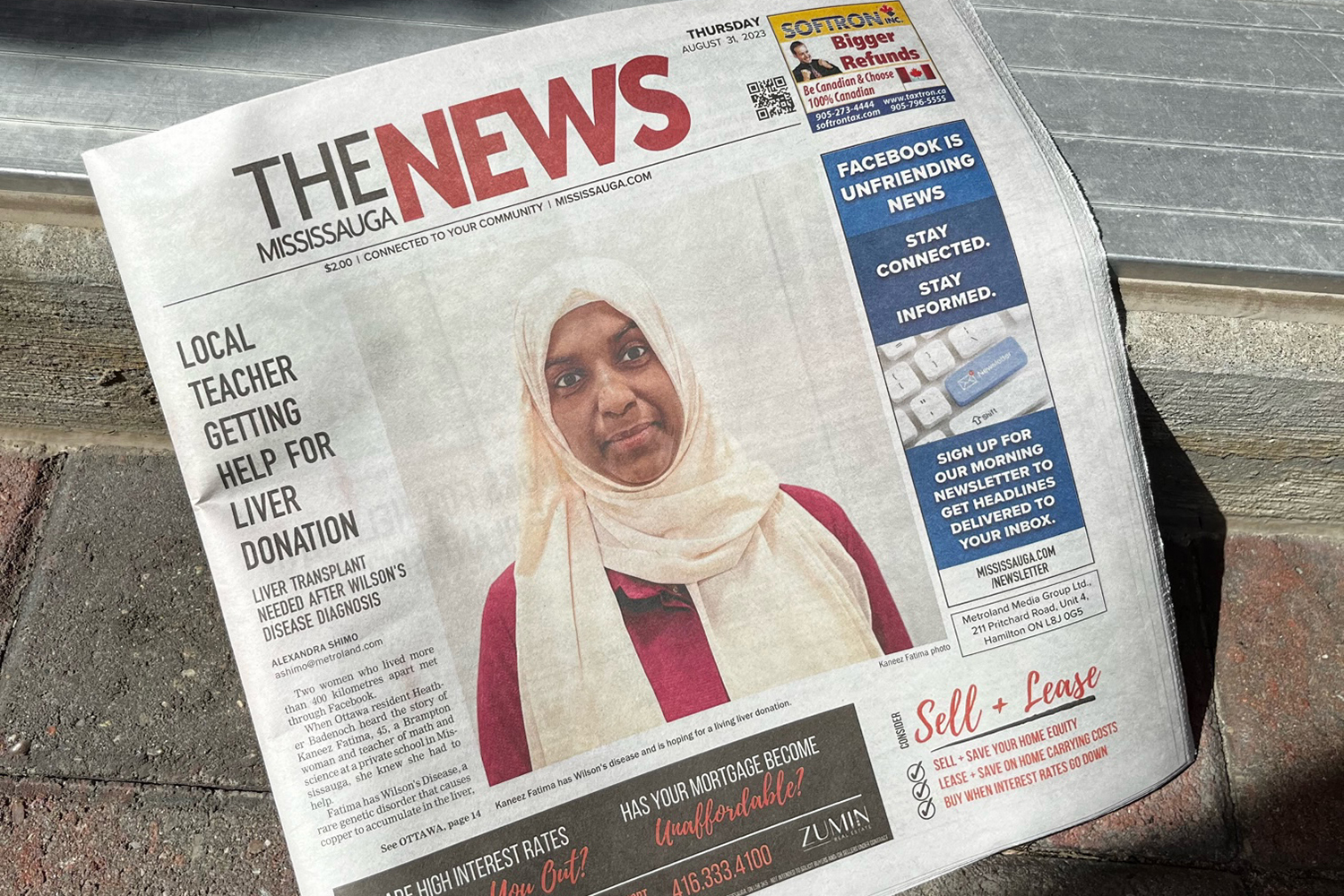Little Known Facts About News Articles.
Little Known Facts About News Articles.
Blog Article
Some Known Factual Statements About News Articles
Table of ContentsWhat Does News Articles Mean?Our News Articles DiariesThe 15-Second Trick For News ArticlesLittle Known Questions About News Articles.5 Easy Facts About News Articles Shown
Great knowledge of various topics provides pupils a competitive edge over their peers. Despite the fact that digital and social media sites are conveniently available, we need to not fail to remember just how crucial it is to check out the papers. Moms and dads should attempt and inculcate the habit of checking out a paper as an everyday regimen to proceed the legacy of the revered print medium.Information stories additionally include at the very least one of the adhering to important characteristics loved one to the designated audience: distance, prestige, timeliness, human rate of interest, anomaly, or effect.
Within these restrictions, information stories additionally aim to be extensive. Among the bigger and a lot more revered papers, justness and equilibrium is a significant variable in providing details.
Papers with a worldwide audience, for instance, have a tendency to make use of a more official style of composing. The specific choices made by an information electrical outlet's editor or content board are often accumulated in a design overview; common design guides include the and the US Information Design Publication. The major goals of news writing can be summarized by the ABCs of journalism: accuracy, brevity, and clearness.
News Articles Things To Know Before You Get This
As a policy, reporters will certainly not use a lengthy word when a brief one will do. Information writers attempt to avoid utilizing the exact same word extra than as soon as in a paragraph (often called an "echo" or "word mirror").
Headlines sometimes leave out the topic (e.g., "Jumps From Boat, Catches in Wheel") or verb (e.g., "Pet cat woman lucky"). A subhead (also subhed, sub-headline, subheading, caption, deck or dek) can be either a subservient title under the primary headline, or the heading of a subsection of the article. It is a heading that precedes the primary text, or a team of paragraphs of the major text.

Extra signboards of any of these kinds might show up later in the write-up (especially on succeeding pages) to tempt more analysis. Such billboards are also utilized as reminders to the write-up in various other areas of the publication or site, or as promotions for Web Site the piece in various other magazine or sites. Regular framework with title, lead paragraph (summary in vibrant), various other paragraphs (details) and call details.

Example of a hard-lead paragraph NASA is recommending one more room job. The agency's budget plan request, announced today, included a plan to send out an additional objective to the Moon. This moment the firm intends to establish a long-term facility as a jumping-off place for other area experiences. The budget demands about $10 billion for the job.
The NASA news came as the firm requested $10 billion of appropriations for the task. An "off-lead" is the second essential front web page news of the day. The off-lead appears either in the leading left edge, or straight below the lead on the right. To "bury the lead" is to begin the write-up with history information or details of secondary importance to the visitors, forcing them to read more deeply right into a post than they should have to in order to find the necessary points.
News Articles Can Be Fun For Everyone
Usual usage is that a person or 2 sentences each develop their own paragraph. Reporters usually describe the organization or framework of a newspaper article as an upside down pyramid. The look at this website necessary and most fascinating elements of a tale are placed at the start, with supporting info following in order of diminishing relevance.
It permits people to check out a subject to just the deepness that their interest takes them, and without the imposition of information or nuances that they might take into consideration unnecessary, but still making that details readily available to much more interested visitors. The inverted pyramid framework also enables write-ups to be cut to any arbitrary size during layout, to fit in the room offered.
Some authors start their stories with the "1-2-3 lead", yet there are many kinds of lead offered. This style usually starts with a "5 Ws" opening paragraph (as defined above), adhered to by an indirect quote that serves to support a significant aspect of the very first paragraph, and afterwards a direct quote to sustain the indirect quote. [] A kicker can describe several points: The last story in the information broadcast; a "delighted" story to finish the program.
Longer write-ups, such as publication cover posts and the pieces that lead the within sections of a newspaper, are recognized as. Attribute stories vary from straight information in several methods.
Things about News Articles
An attribute's first paragraphs frequently relate an intriguing minute or occasion, as in an "anecdotal lead". From the particulars of an individual or episode, its sight rapidly widens to generalizations regarding the story's topic.
The Editor's Toolbox: A Referral Guide for Beginners and Professionals (2001) Allan M. Siegal and William G. Connolly. The New York City Times Manual of Style and Use: The Official Design Overview Utilized by the Writers and Editors of the Globe's Many Authoritative Newspaper (2002) M. L. Stein, Susan Paterno, and R.
Report this page